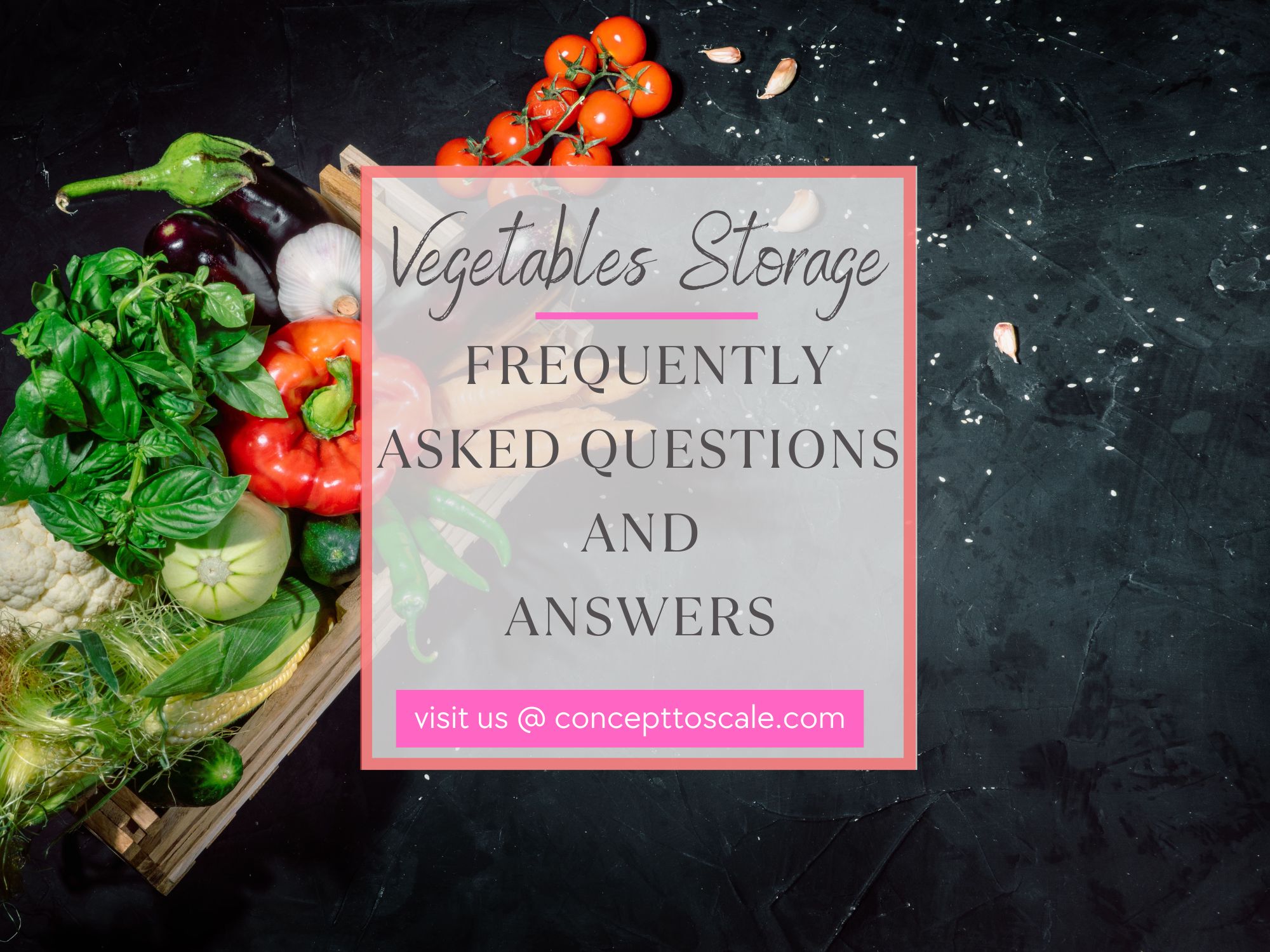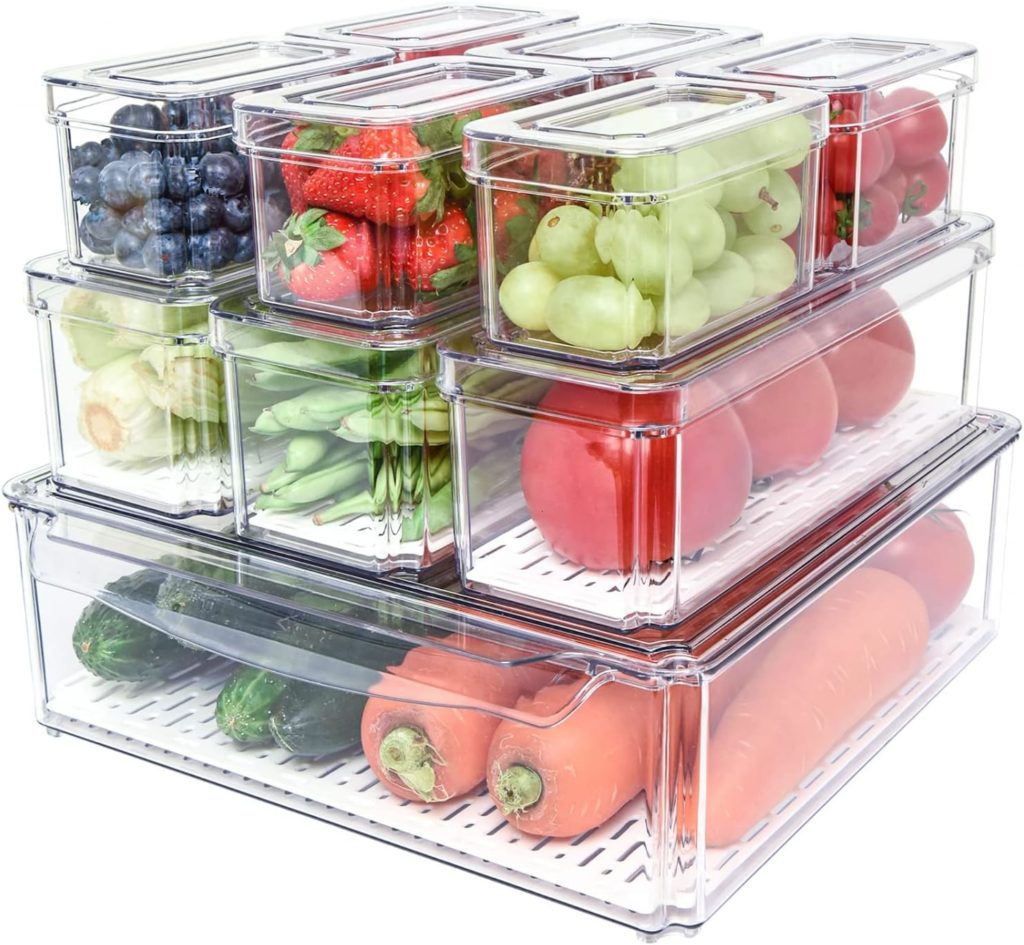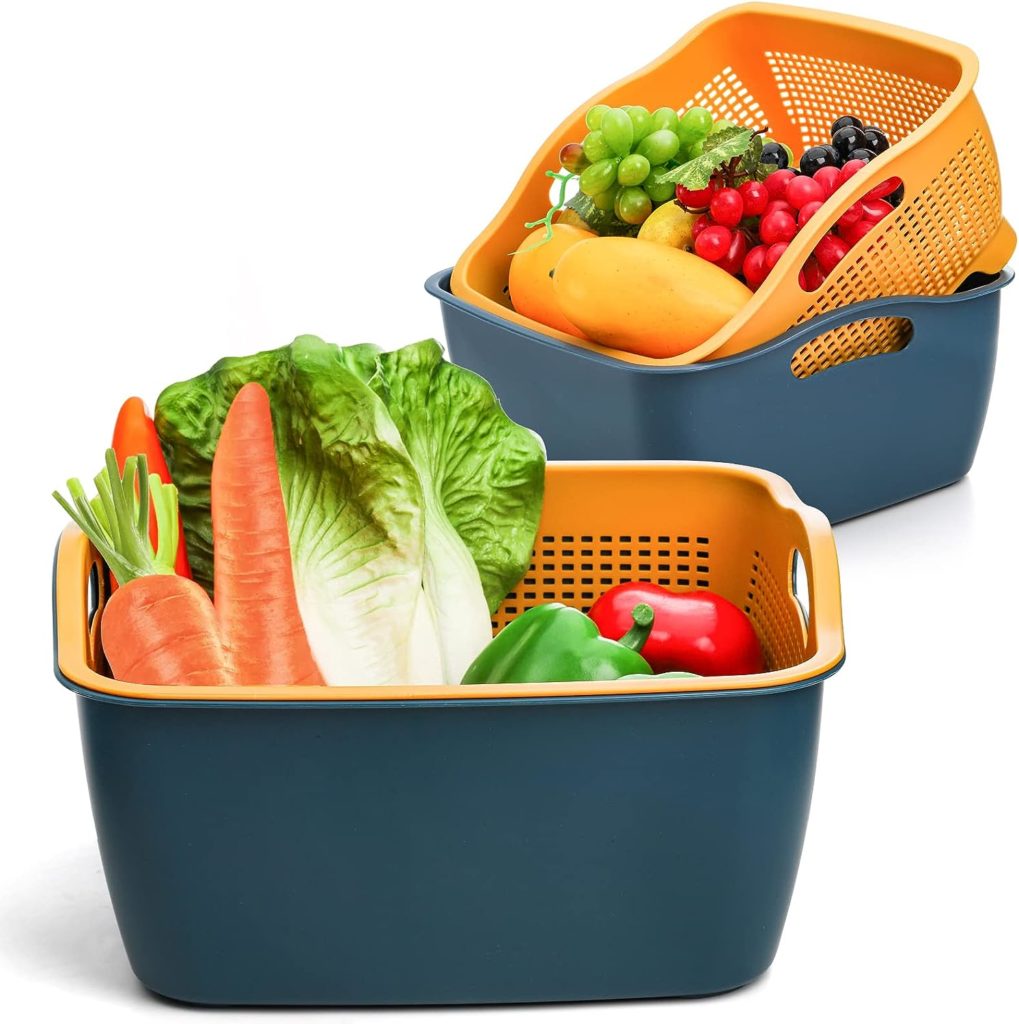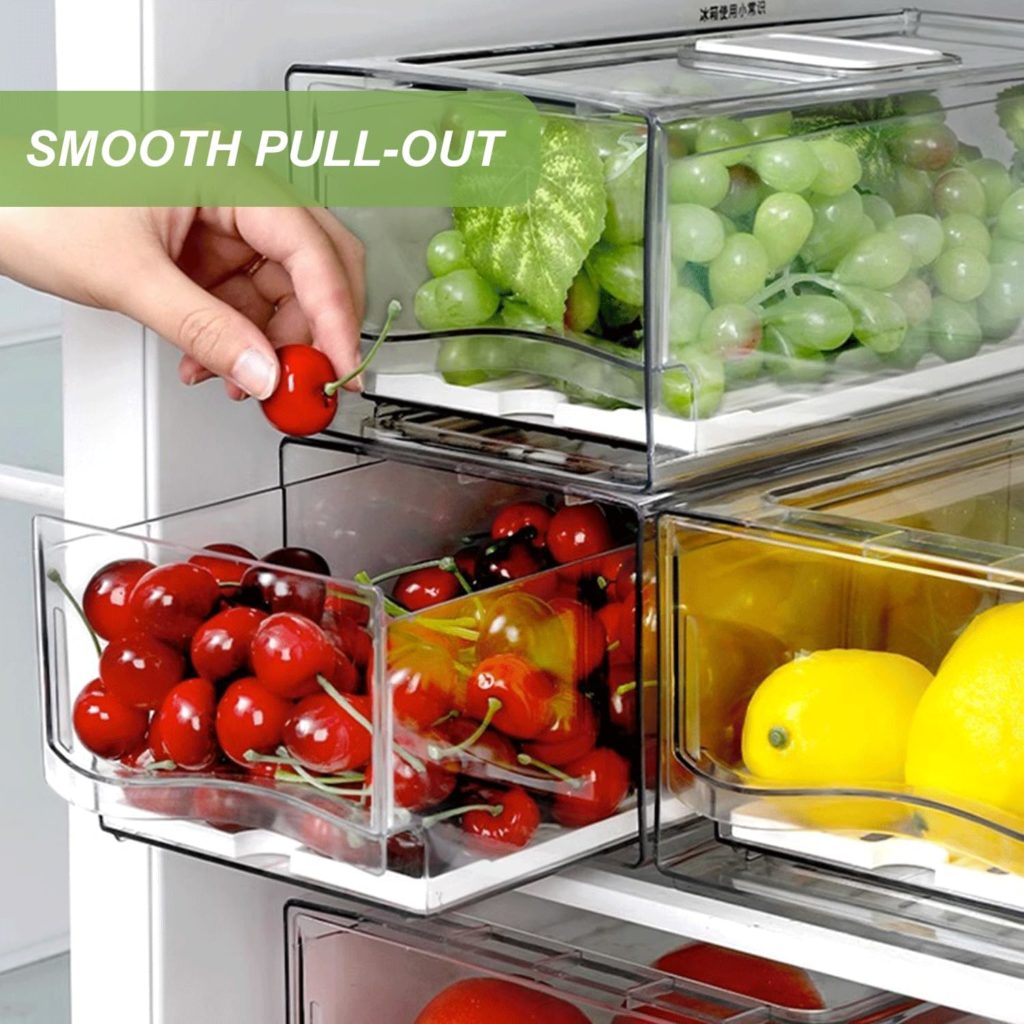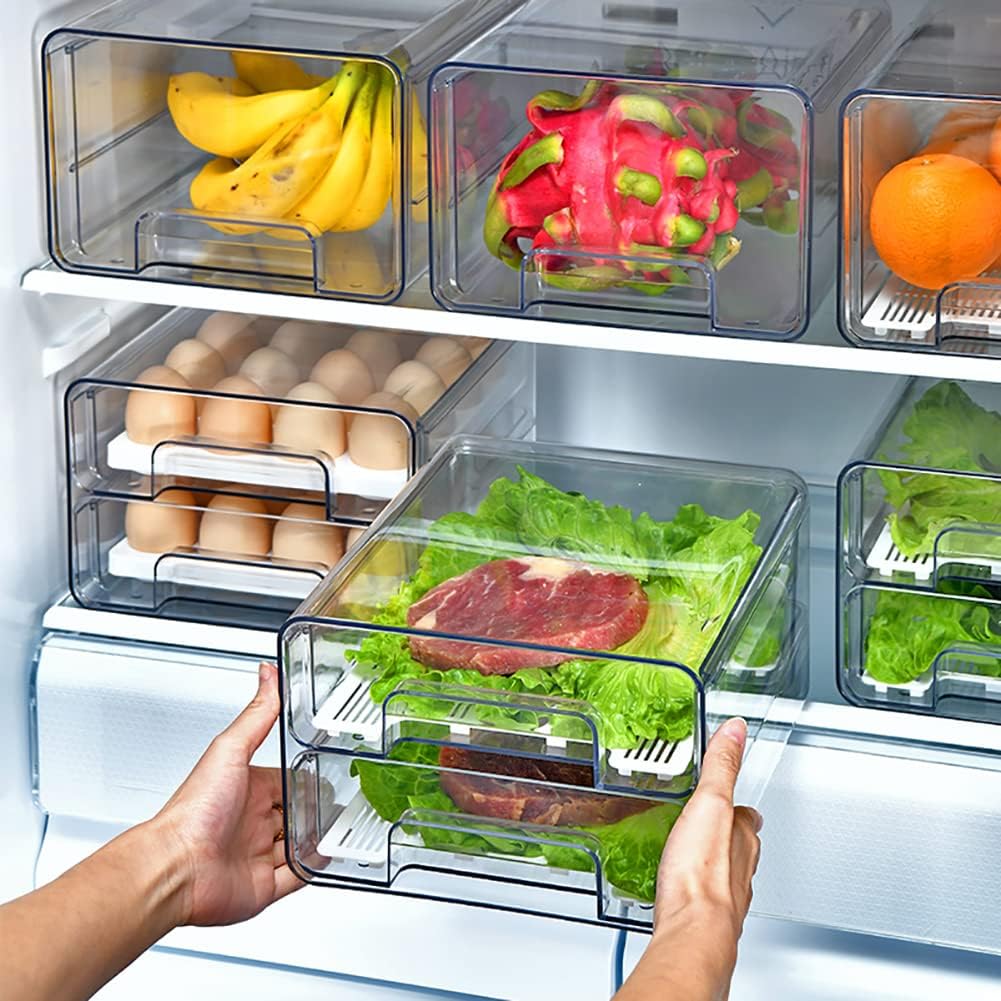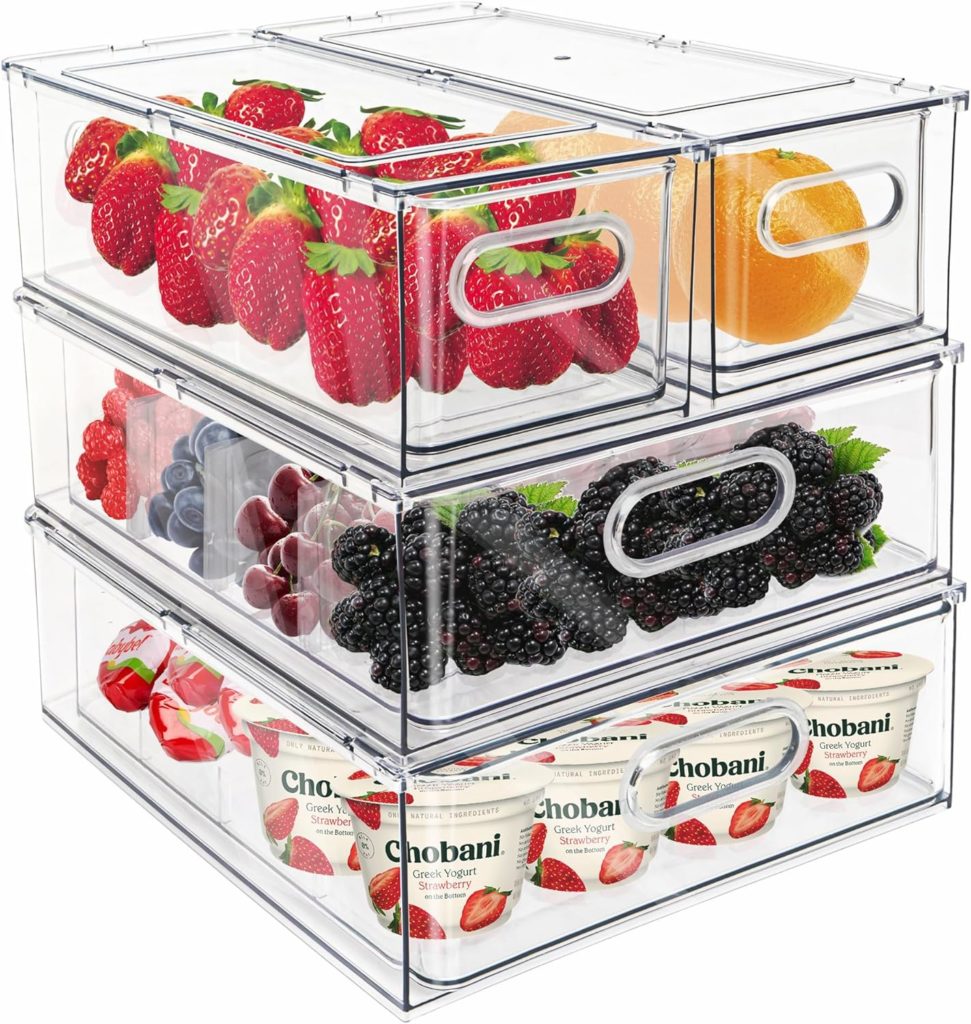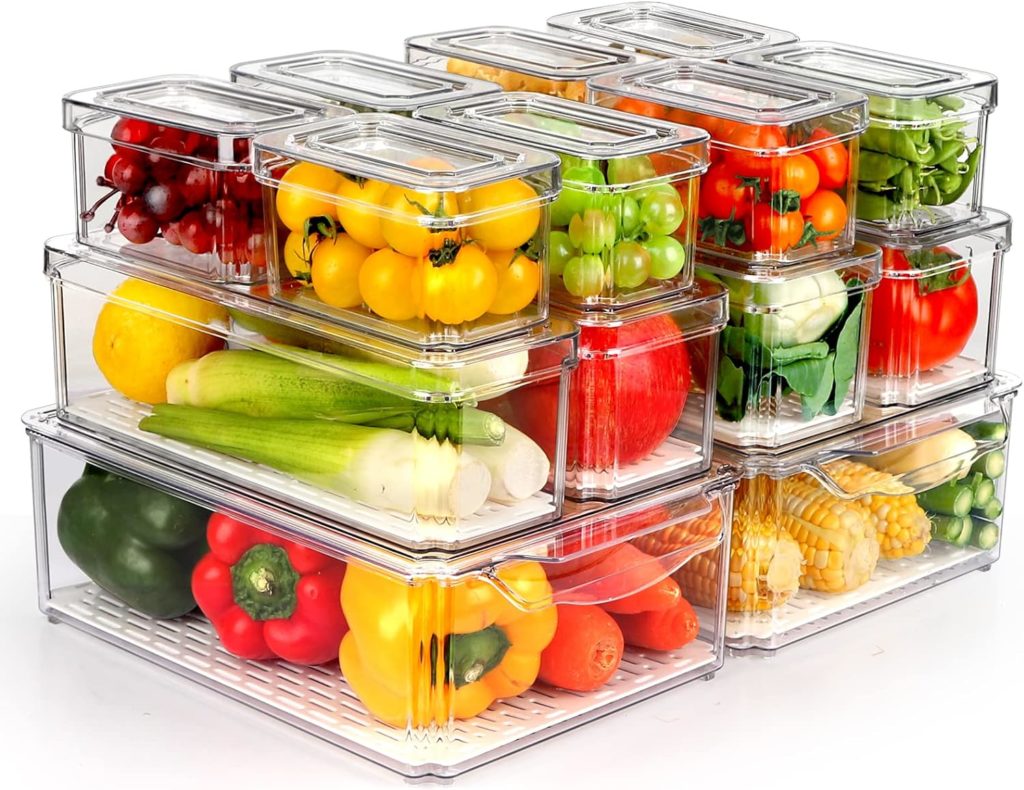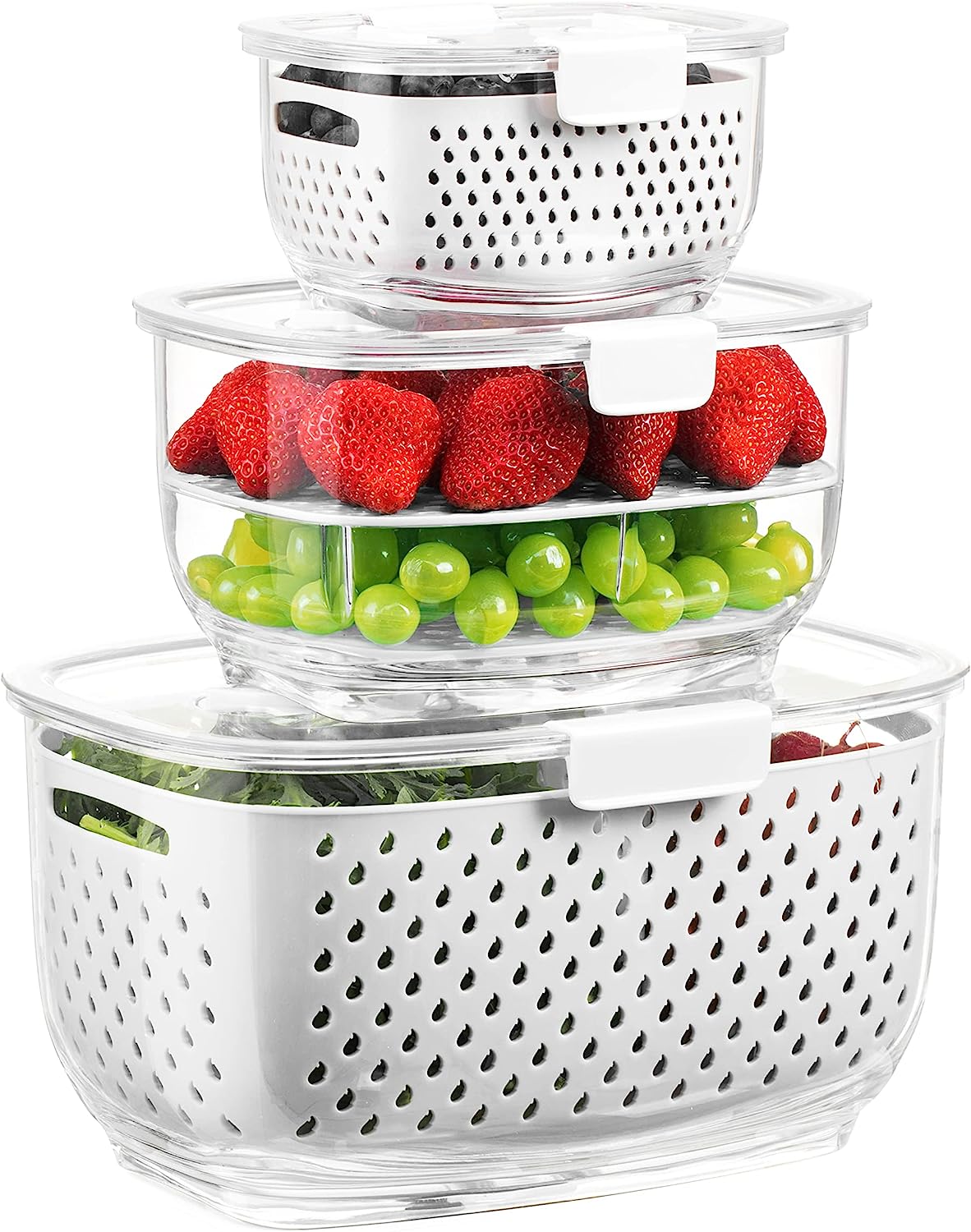Keeping Fruits And Vegetables Fresh Longer
Fresh fruits and vegetables play a pivotal role in a balanced diet, offering a plethora of essential nutrients and vitamins. A fruit bowl not only adds a decorative touch to your kitchen but also serves as a daily reminder to consume nature’s bounty.
However, their journey from the farm to your table is fraught with challenges. Optimal nutrition not only depends on their quality but also on understanding the role storage plays before it gets to your table and how your store them once they get there.
The art of fruit preservation and keeping vegetables fresh and crisp is a practical culinary skill that can significantly reduce food waste while ensuring that your fruit remains flavorful and nutritious. With a few simple tricks, you can extend the shelf life of your favorite fruits and vegetables, ensuring they stay fresh for longer periods.
Let’s explore some tried-and-true methods for maintaining optimal freshness.
Preserving Flavors and Nutrients
A diet rich in produce offers an array of vitamins, minerals, and phytonutrients that promote well-being. Vitamin C boosts the immune system, potassium supports heart health, and phytonutrients provide antioxidant and anti-inflammatory benefits.
However, these benefits depend on the freshness of the produce. Delicate ecosystems of moisture, temperature, and air quality influence their longevity. Neglecting these factors leads to premature spoilage, robbing us of nutritional value.
The Effect Of Temperature Control Management On Storing Fruits
Separating high-water-content produce from those that prefer drier conditions can prevent moisture-related deterioration.
Fruits have distinct temperature and storage requirements to retain their freshness. Refrigeration, maintained at temperatures of 32°F to 50°F (0°C to 10°C), proves advantageous for numerous fruits. This refrigeration halts enzymatic activity, curbs respiration rates, and delays ripening.
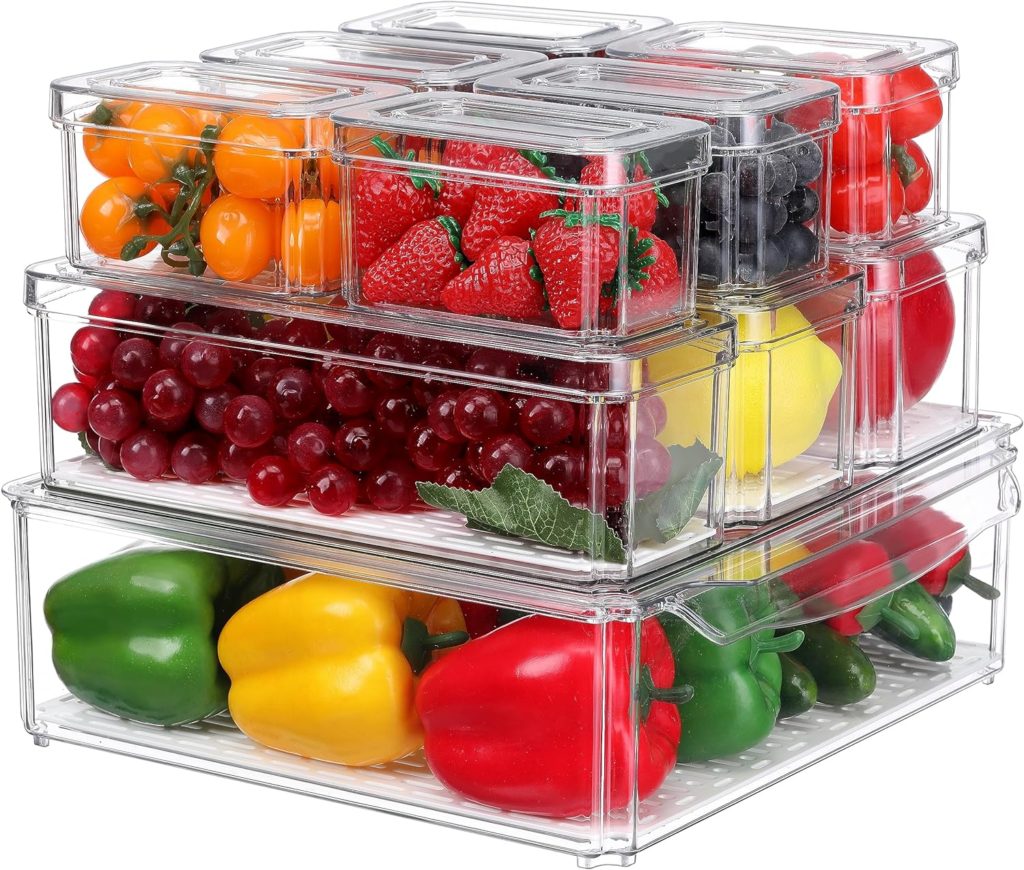
However, bananas and tomatoes can suffer from chilling injuries at low temperatures, necessitating varied temperature ranges.
Vegetables, with their higher water content, are more prone to decay caused by moisture. While most produce benefit from refrigeration, the optimal temperature range is generally slightly higher compared to fruits, typically ranging from 36°F to 50°F (2°C to 10°C).
Some vegetables, like potatoes and onions, require even warmer storage conditions to prevent starch-to-sugar conversion or premature sprouting. these can be stored outside the fridge.

The Effect Of Moisture Management On Storing Fruits
For fruits, efficient moisture management is imperative to retain their freshness. Excessive moisture can lead to mold growth and spoilage, while inadequate moisture can result in wilting and texture loss.
Proper storage requires perforated or breathable containers to facilitate appropriate air circulation and moisture control. Berries are delicate and must be rinsed just before consumption rather than before storage to forestall early spoilage from absorb moisture.
Vegetables, conversely, necessitate higher humidity levels to prevent dehydration and maintain crispness. Leafy greens, for instance, thrive in elevated humidity conditions, achieved by placing them in perforated bags or utilizing specialized refrigerator compartments with adjustable humidity settings.
Safeguarding vegetable freshness hinges on proper handling techniques that prevent bruising or damage during harvest and storage.
Fruit Storage Freshness
One of the fundamental techniques to keep supplies fresh is by using plastic bags, plastic wrap, vacuum sealers, and zip top bags. These versatile tools can create a controlled environment that retains moisture and minimizes exposure to ethylene gas, a natural compound that influences the ripening process.
Whether you’re storing leafy greens, vibrant bell peppers, or ripe tomatoes, placing them in an airtight environment or plastic bag can significantly extend their freshness.
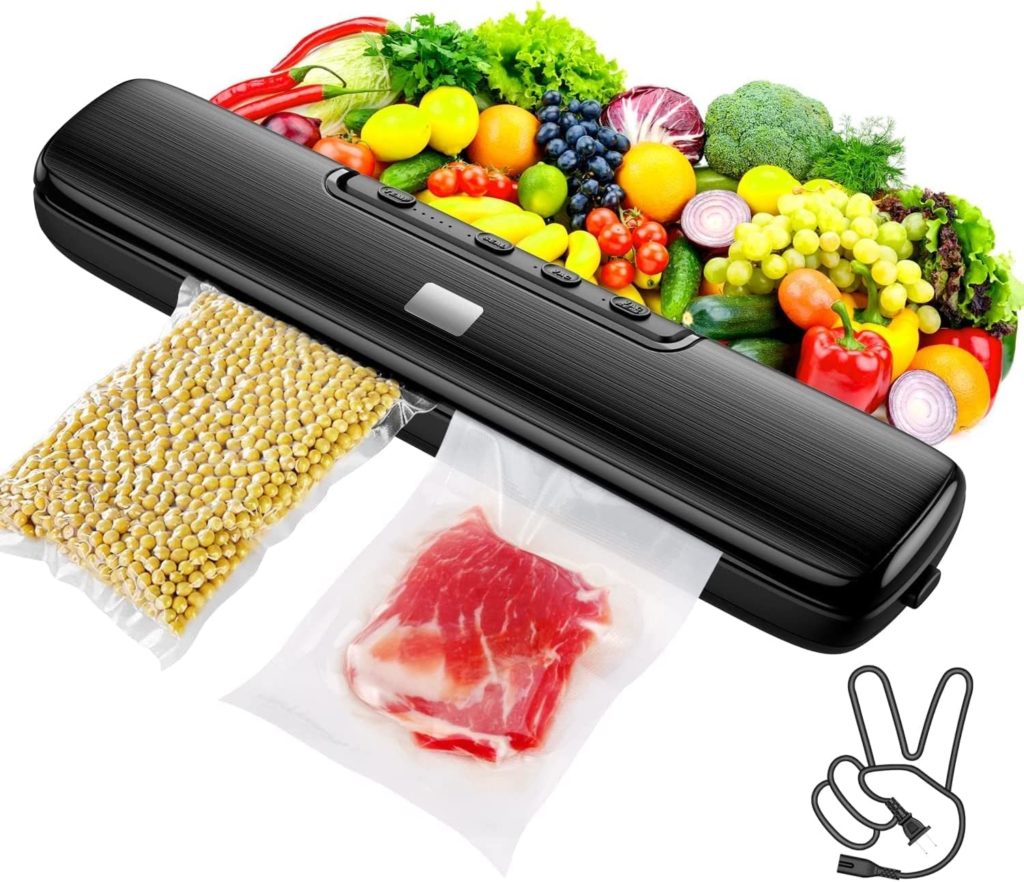
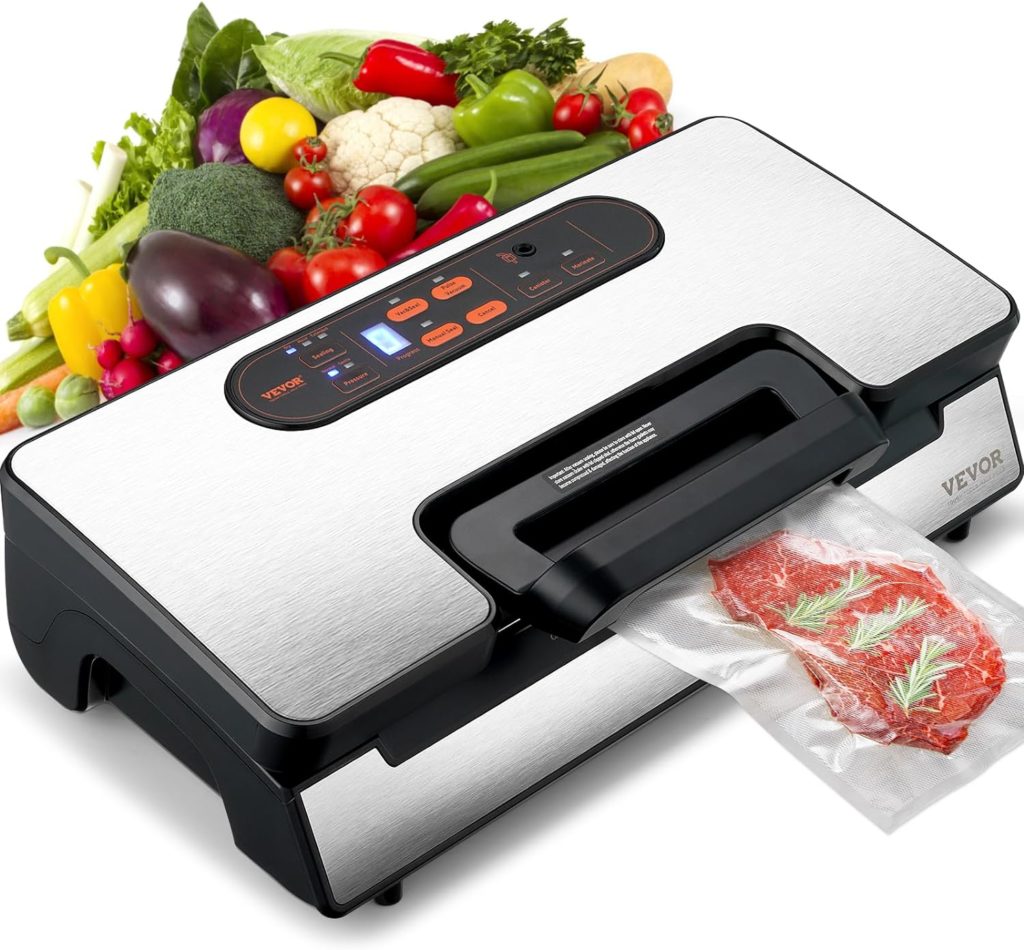
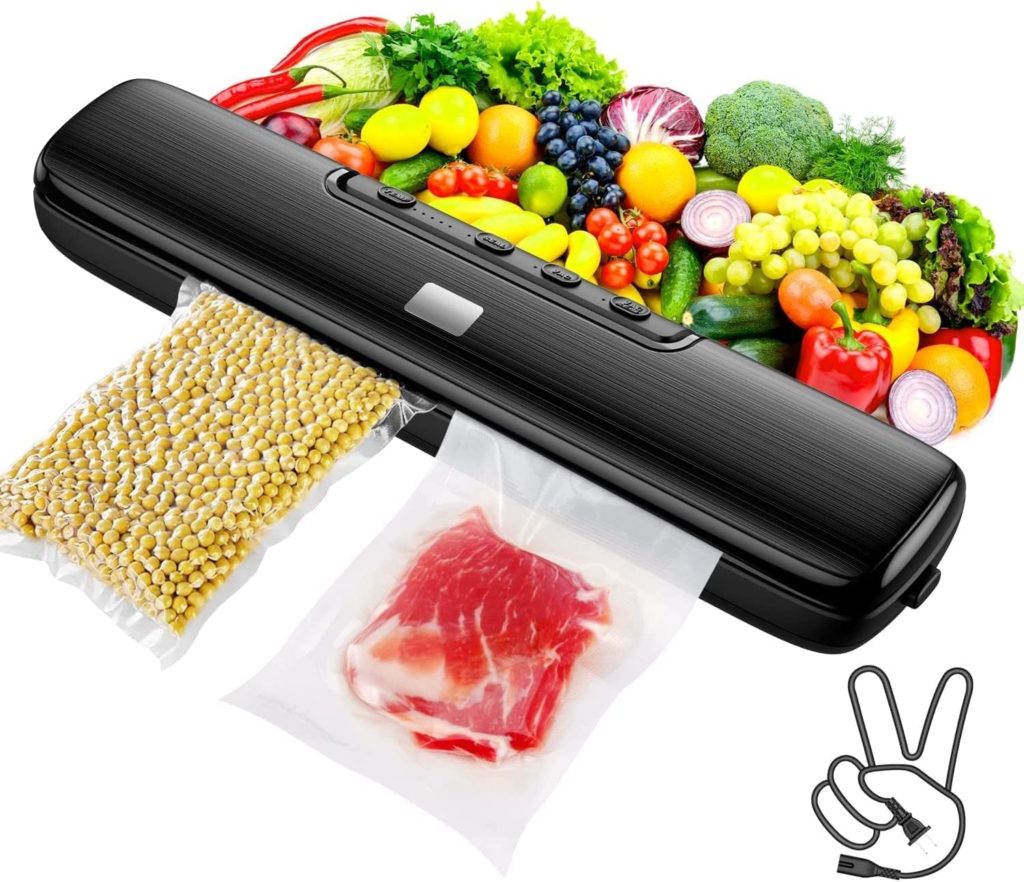
Airtight plastic bags are excellent guardians of freshness, creating a microclimate that sustains moisture and manages ethylene gas, a natural hormone. By using these bags, you create a relatively dry environment that fends off spoilage, and keep produce fresh.
This technique is akin to offering a private retreat thus, preserving their freshness.

Fridge Crisper Drawer
To further enhance the longevity of your produce, consider utilizing a crisper drawer in your refrigerator. Simply placing your supplies in this drawer, preferably in sealed containers, can help them stay fresh for up to two weeks.
This designated compartment maintains optimal humidity levels, preventing excess moisture that could lead to mold growth. By regulating humidity, this drawer protects against excess moisture and mold.
A sealed container within acts as a guardian for leafy greens and other delicate supplies. This drawer ensures freshness, allowing you to enjoy your chosen items longer.
Paper Towels – To Keep Fruits and Vegetables Fresh
The use of paper towel has the ability to wick away moisture, a valuable trait against decay. Their absorbency prolongs it useful life, whether for berries or leafy greens by reducing extra moisture which would otherwise be present.
Wrapping produce in paper towels can add precious days to their freshness. The towel wrap items must then be sealed in plastic wrap. They become allies in your quest for optimal nutrition.
Dry paper towel, harbor an inherent superpower – the ability to wick away moisture with deftness and precision. Paper towels stave off the encroachment of excess dampness, a primary harbinger of decay.
Paper towels acts as a barrier, absorbing the moisture that can potentially render produce limp and lackluster. Plastic wrap must be used to prevent the absorption of humidly by the towel over time which would nullified the original purpose of the towel.
The Effect of Sunlight On Storage of Fruits
Citruses thrive in direct sunlight. Fresh herbs, on the other hand, benefit from a paper towel and a sealed plastic bag. This technique preserves their vibrancy and essence, enriching your culinary creations.
While some produce thrive in cool, dark conditions, others benefit from a bit of direct sunlight. For instance, citrus like lemons and limes tend to stay fresher when exposed to light.
However On the other hand, the aromatic allure of fresh herbs is best captured by wrapping them in a damp paper towel and sealing them within a plastic bag or airtight bag . These absorbent sheets help remove excess water that could cause decay. Berries can also be frozen by placing them in a freezer safe container.
This not only keeps them vibrant but infuses your culinary creations with nature’s essence.
Similarly, to extend the life of leafy greens, gently wrap herbs in a damp paper towel and place them in an airtight container before refrigeration.
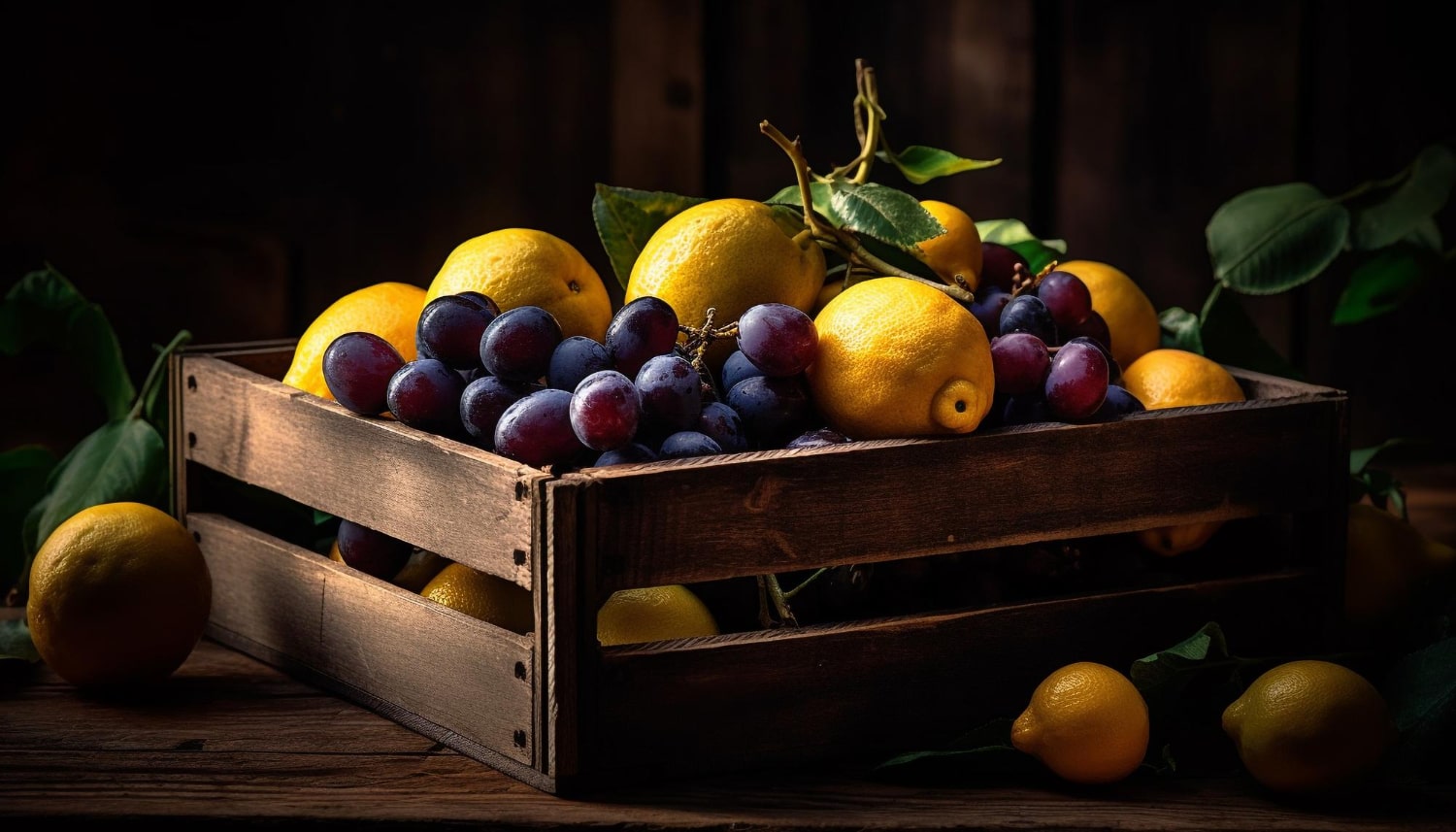
Balancing Ethylene’s Influence
Ethylene, is a natural gas and plant hormone that wields significant influence over fruit ripening. Certain fruits, including apples, bananas, and tomatoes, emit ethylene and can accelerate the ripening of other fruits when stored together.
To counter premature ripening, it is vital to keep separate ethylene-sensitive and or employ ethylene-absorbing products to cleanse the storage environment.
While ethylene production is more pronounced in fruits, some vegetable varieties like tomatoes and peppers emit this hormone. However, the effect of ethylene on vegetable such as iceberg lettuce ripening is generally less pronounced. Proper storage conditions and isolation from ethylene-sensitive fruits ang veggies typically suffice to manage ethylene in vegetables.
Ethylene gas accelerates ripening, a double-edged sword. Understanding which fruits and vegetables produces ethylene allows you to tailor storage to maximize freshness and minimize unwanted ripening.
By segregating ethylene producers from ethylene-sensitive items, you orchestrate a strategy for preservation.
To mitigate the production of ethylene and effective strategy involves putting ethylene produces next to ethylene-absorbing products, resulting in an environment that preserves freshness.
Also refer to the chart below – General Storage Guidelines for further details regarding the storage needs of specific fruits and vegetables.

Unique Storage Needs for Fruits Vs Vegetables
Apples can endure longer storage, while berries require short term or sometimes immediate attention. Storing them separately in zip-top bags ensures extended freshness ensuring they are completely dry. Tailoring storage to each produce’s uniqueness enhances their longevity.
When it comes to preservation, a few additional measures can make a significant difference. For instance, if you find your fruit varieties are releasing ethylene gas, which can accelerate the ripening of nearby produce, consider separating them or using an ethylene-absorbing product.
For the best results, avoid storing fruits and vegetables in the same plastic bag.
Tools Of the Trade: Plastic Bag & Plastic Wrap
Preserving fresh produce is an art form that bridges flavor and nourishment. Plastic bag, zip top bag, paper towel, crisper drawers, brown paper bag, plastic wrap, and airtight containers are tools that can be used for preservation. By embracing these techniques, you minimize food waste and indulge in nature’s delights.
Innovations for Keeping Produce Fresh
Recent technological advancements have revolutionized the landscape of home-based fruit and vegetable preservation.
Smart Storage Container: Specially designed containers regulate humidity and ethylene levels, enhancing and extending freshness. Some containers even feature adjustable vents that facilitate controlled airflow, allowing homeowners to create optimal environments for specific types to be stored properly.
Edible Coatings: Commercially available edible coatings extend freshness by forming a semi-permeable barrier on produce surfaces. These coatings reduce moisture loss, gas exchange, and microbial growth, thereby prolonging freshness.
Refrigeration Innovations: Advanced refrigeration technologies, once reserved for commercial settings, have become accessible to homeowners. These innovations offer precise temperature and humidity control for specific categories.
Home-Based Processing: Techniques such as canning, freezing, and drying have proven effective in expanding its preservation lifespan. Heat-based methods (canning, drying) and cold-based methods (freezing) inhibit spoilage-causing microorganisms and enzymes, prolonging freshness.
We explored the various home based processing, storage and preservation of fruits and vegetables in our recent Blog Post. Click the green bar or the image below to read the article.
Preservation Enhancers: Products like produce-saving sheets infused with natural organic salts absorb ethylene gas and extend freshness. These sheets can be placed in refrigerators or storage containers.
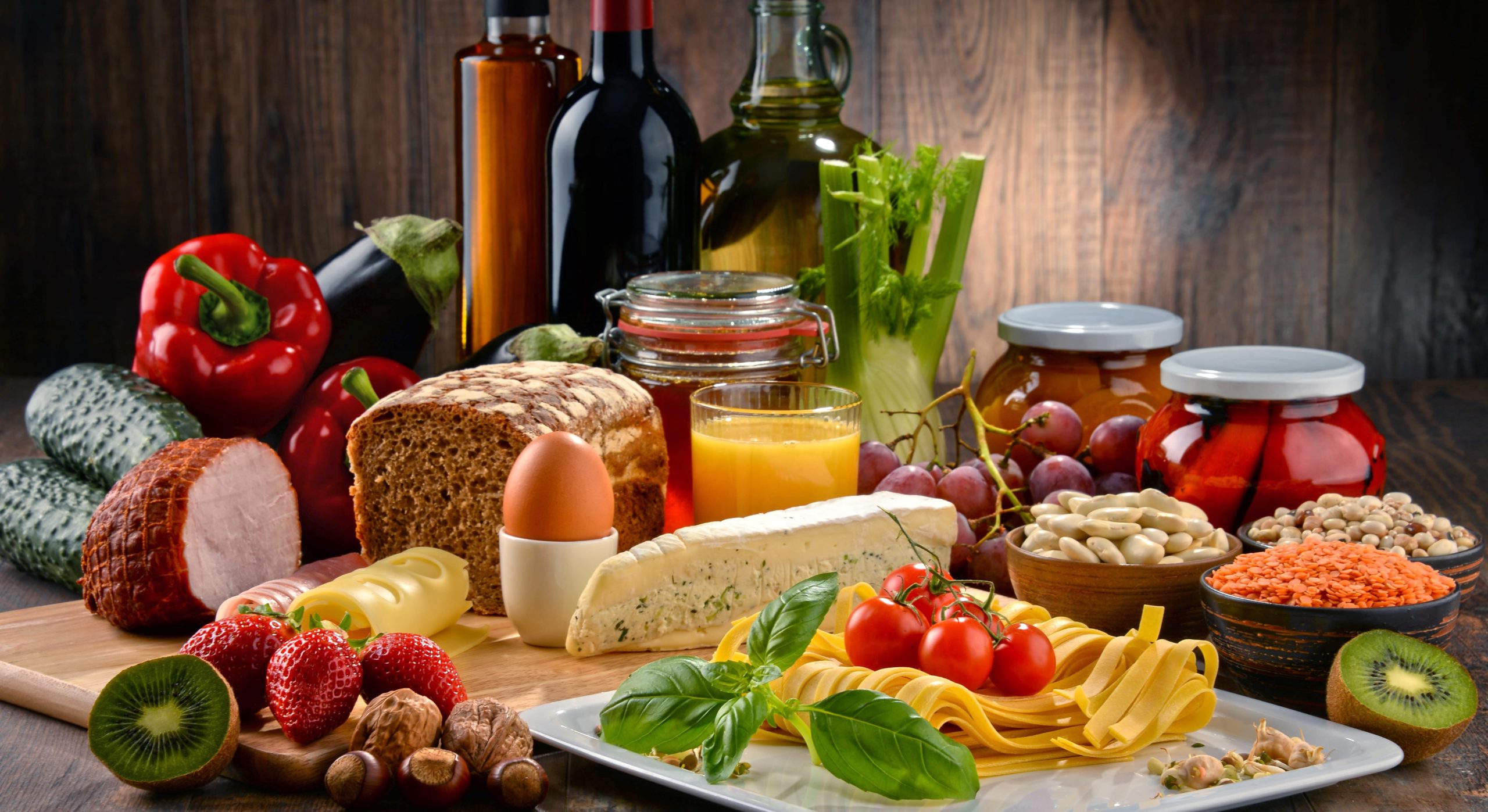
General Storage Guidelines
For comprehensive storage guidelines, please see chart below and please refer to other more detailed storage charts or guides. Please note that the information in the table are only general guidelines. Individual varieties may have unique storage requirements.
It is always a good idea to check specific storage instructions for any particular type of fruit or vegetable.
General Storage Chart
| Fruits / Vegetables | Temperature Requirements (c) | Moisture Requirements | Explanation |
| Apples | 0 – 4 | Low | Apples produce ethylene gas which can cause other fruits and vegetables to ripen and spoil quickly. Therefore they should not be stored with other produce |
| Bananas | 13 – 15 | Moderate | Bananas also produce ethylene gas. Furthermore, they are susceptible to chill injury and should not be store in the refrigerator. |
| Berries (strawberries, blueberries, etc) | 0 – 4 | High | Berries can be sensitive to ethylene and can become moldy quickly in the presence of excess moisture. Store them is a crisper drawer with high humidity and away from ethylene producers. |
| Carrots | 0 – 4 | High | Carrots require high moisture to prevent wilting. They do not produce ethylene, so they can be stored with most other vegetables. |
| Leafy Greens (lettuce, spinach, etc) | 0 – 4 | High | Leafy greens require high moiture to prevent wilting and should be stored in a high humidity crisper drawer. They are sensitive to ethylene and should be kept away from ethylene produces like apples, bananas |
| Oranges | 3 – 8 | Moderate | Oranges are not sensitive to ethylene and can be stored with most other fruits and vegatables. However, they require moderate moisture to prevent dehydration. Most citrus fruits have similar requirements. |
| Patatoes | 10 – 15 | Low | Potatoes are best stored in a cool dark and well ventilated place outside the refrigerator. They should be kept away from onions and apples as the ethylene can cause them to sprout. |
| Tomatoes | 10 – 15 | Low | Tomatoes continue to ripen after harvest due to ethylene. They should be kept at room temperate and away from other ethylene sensitive produce. |
Summing Up
By embracing the appropriate measures, freshness can be preserved, contributing to reduced waste and heightened satisfaction. Continued research and technological advancements in preservation methods will undoubtedly enhance our capacity to maintain the vitality of these essential food components.
Maintaining the freshness of fruits and vegetables requires tailored strategies due to their distinct characteristics. Fruits have higher sugar content, lower water content, and higher respiration rates, requiring specific temperature ranges and ethylene management to delay ripening.
Vegetables, with higher water content and slower respiration rates, necessitate moisture control, higher humidity levels, and proper handling techniques to prevent dehydration and maintain crispness.
By implementing appropriate temperature control, moisture management, and ethylene control measures, it is possible to extend the shelf life and maintain the freshness of both fruits and vegetables, contributing to reduced food waste and improved consumer satisfaction.
A comprehensive understanding of the differences in fruit and vegetable preservation strategies is indispensable for crafting tailored approaches that optimize freshness, mitigate spoilage, and curtail nutrient degradation.
FEATUREd ARTICLES
Vegetables Storage
